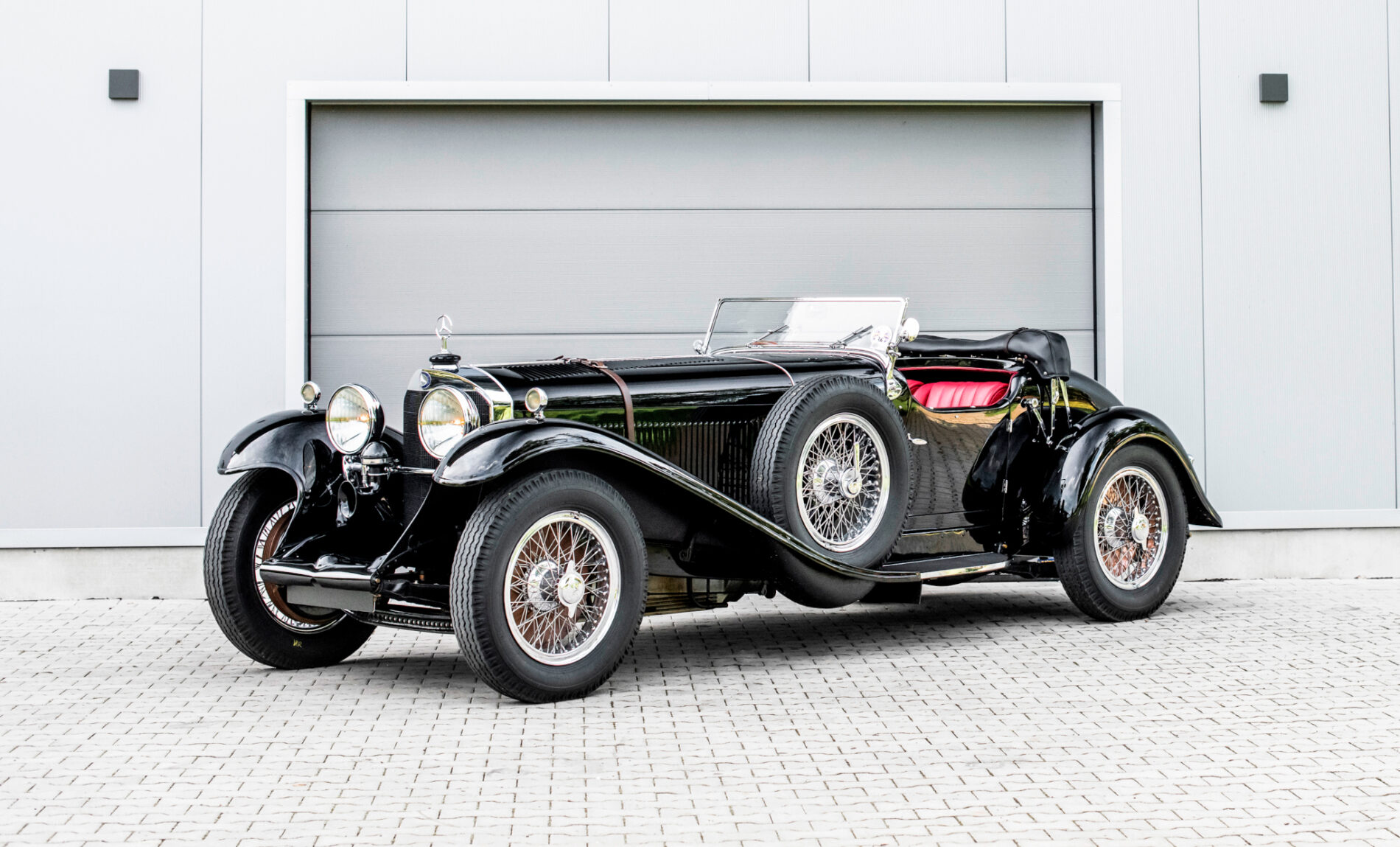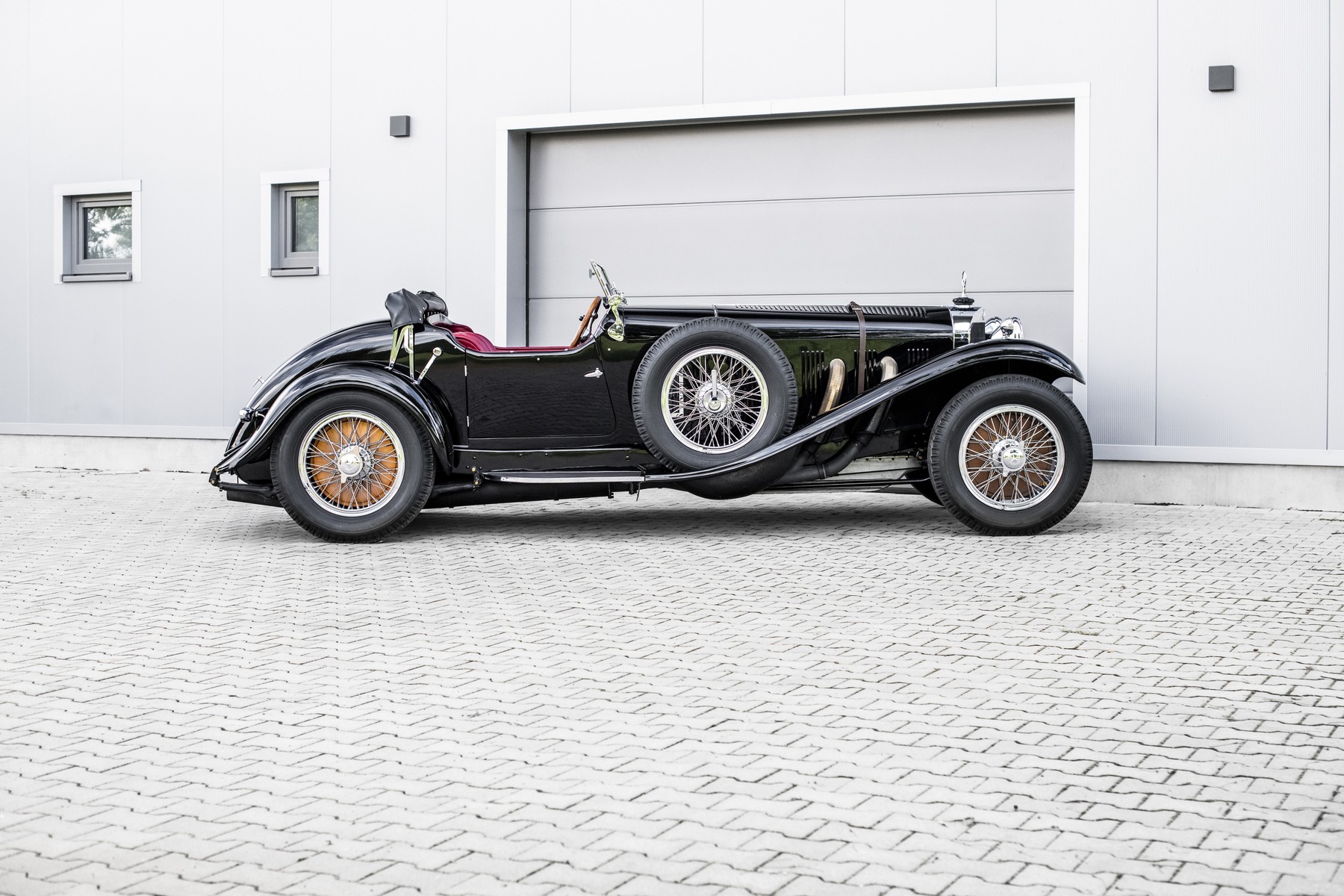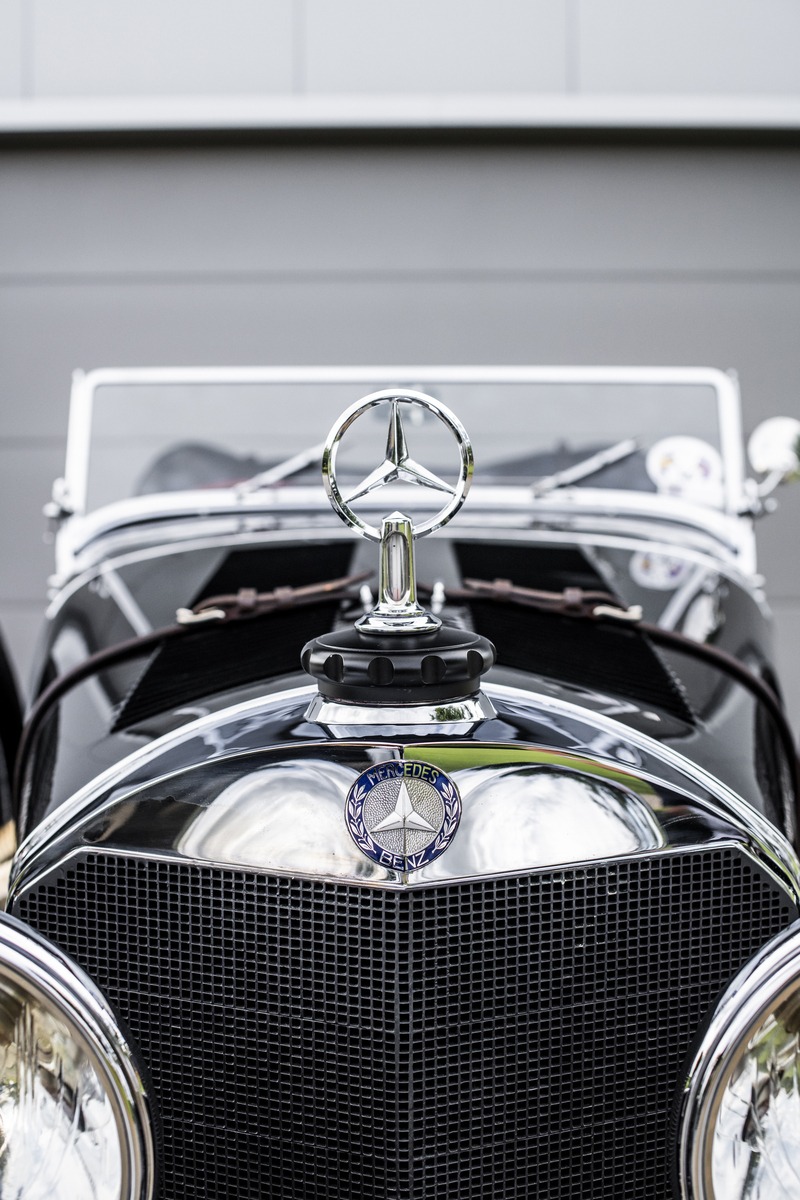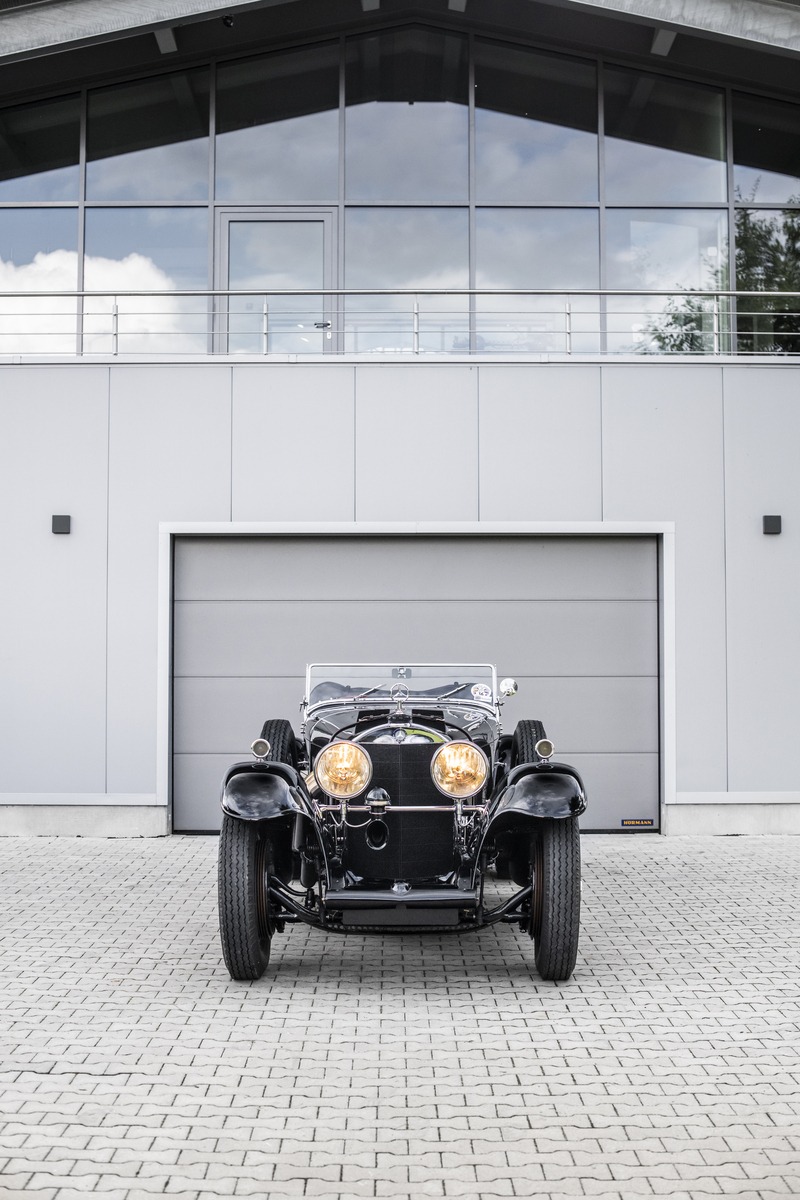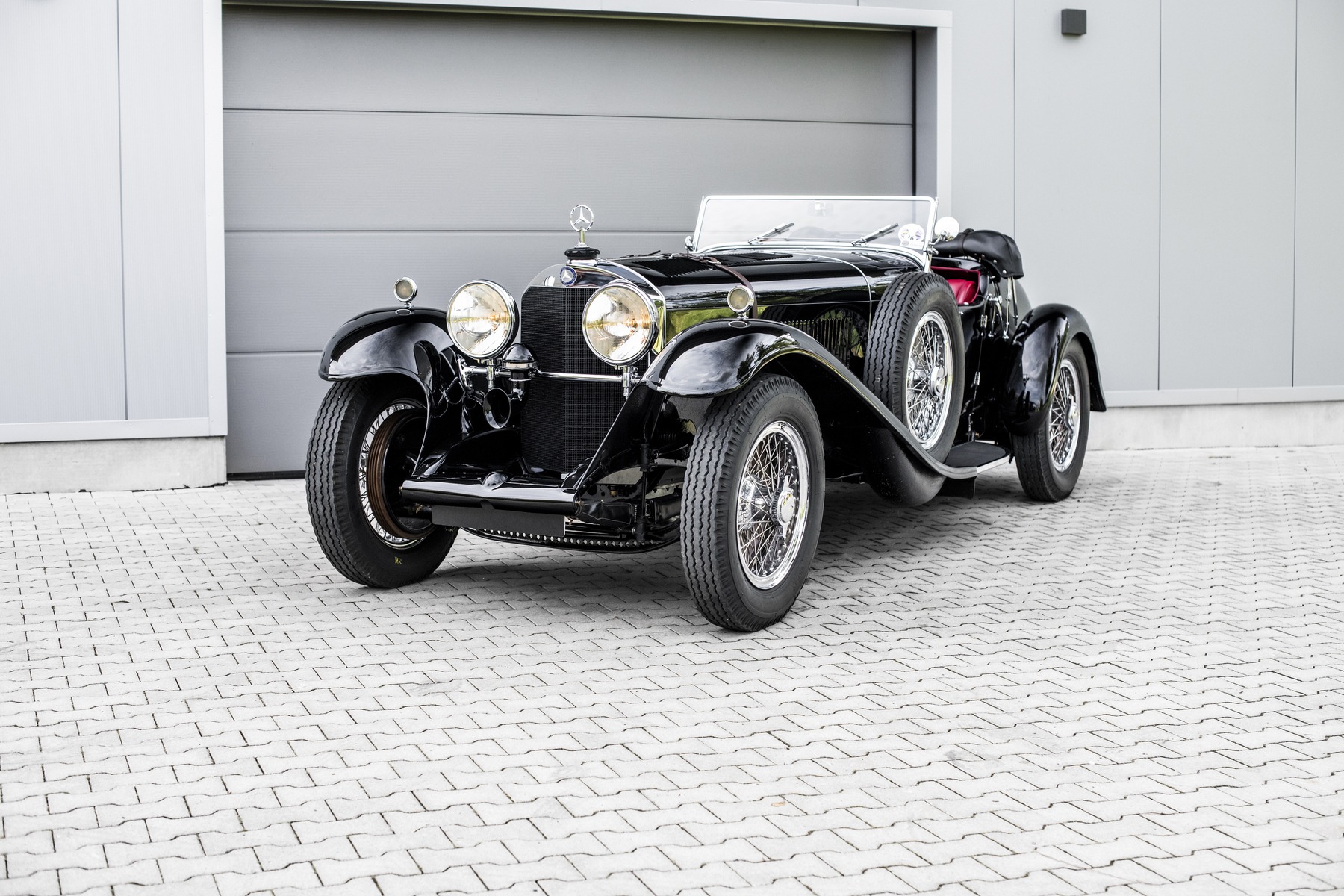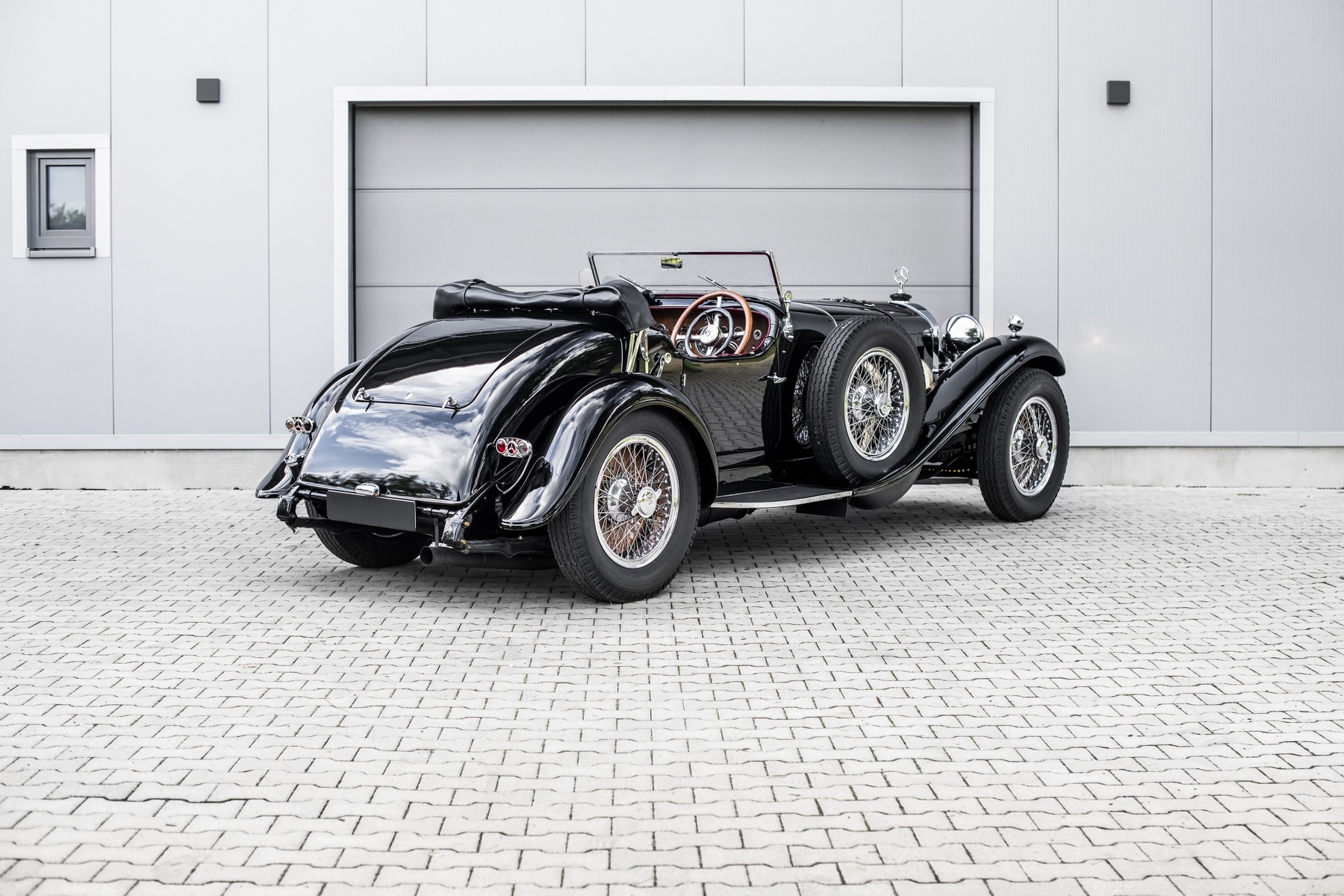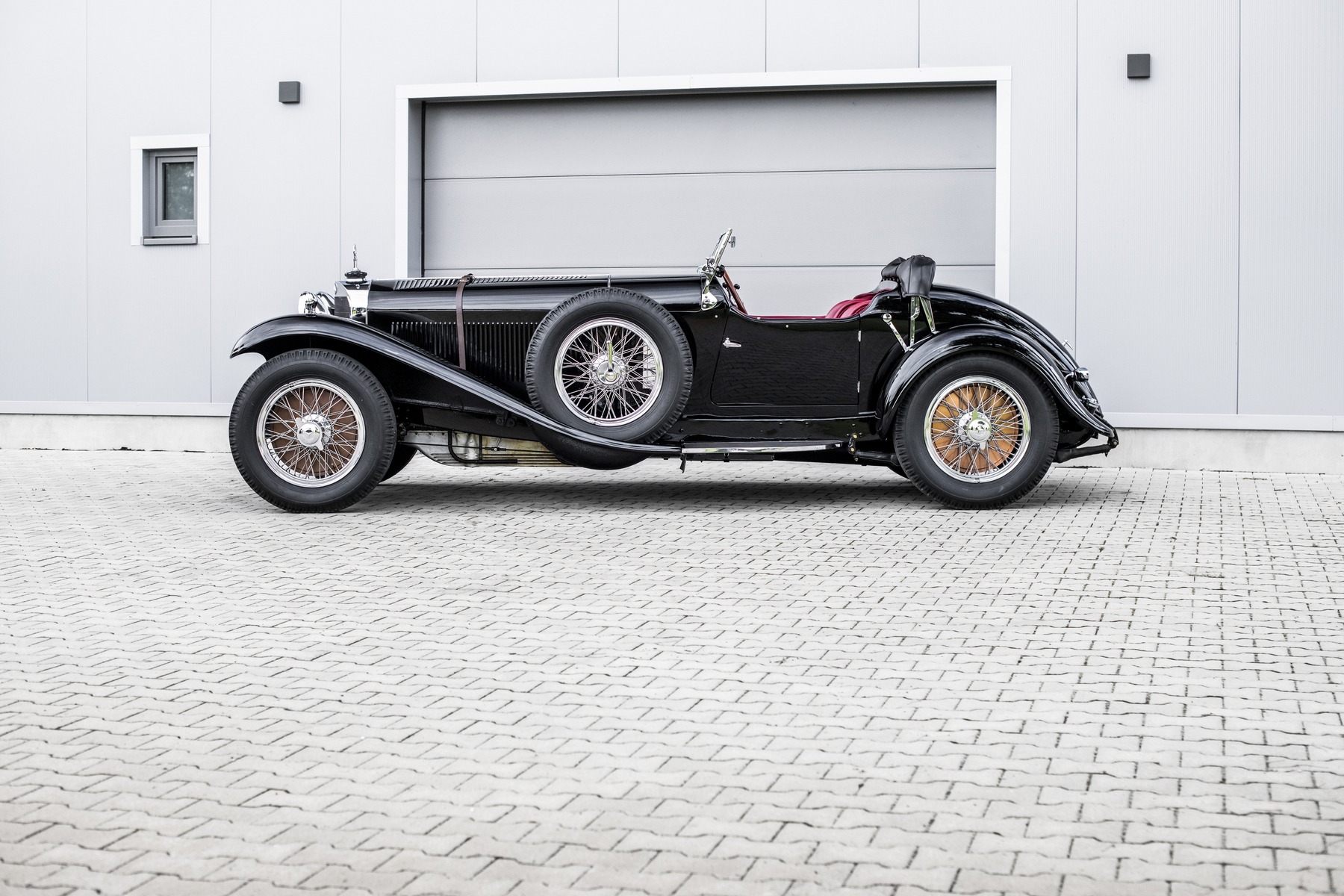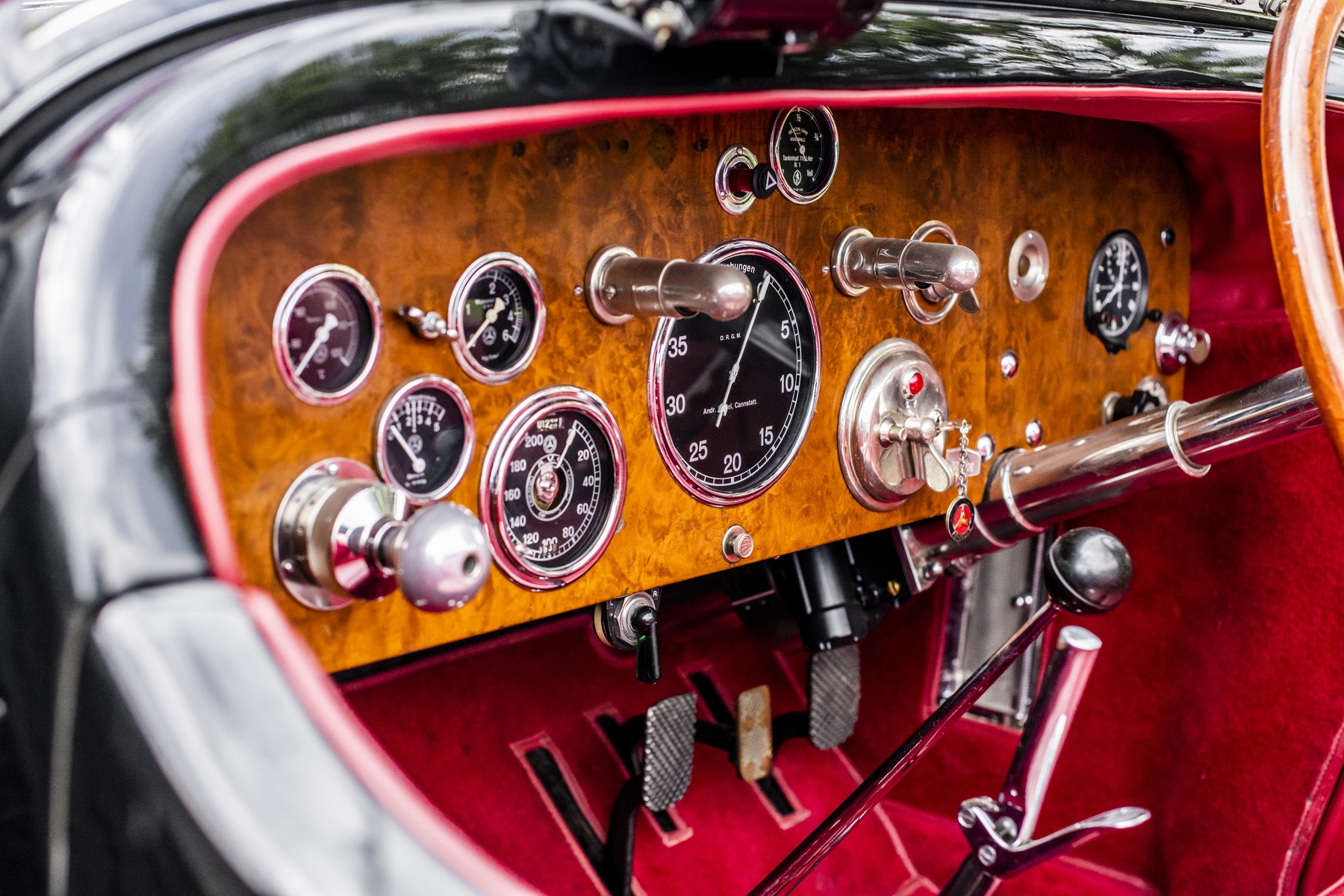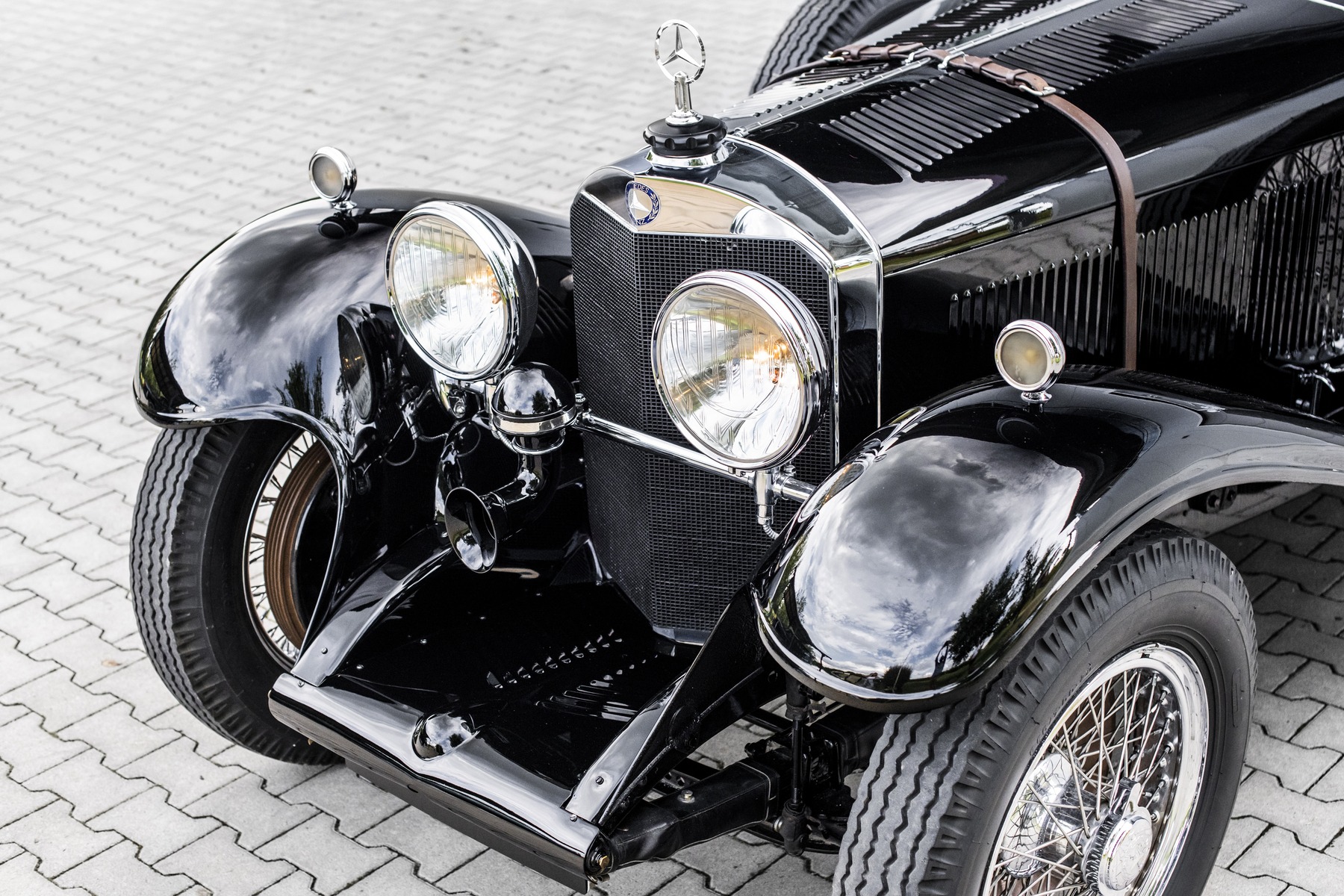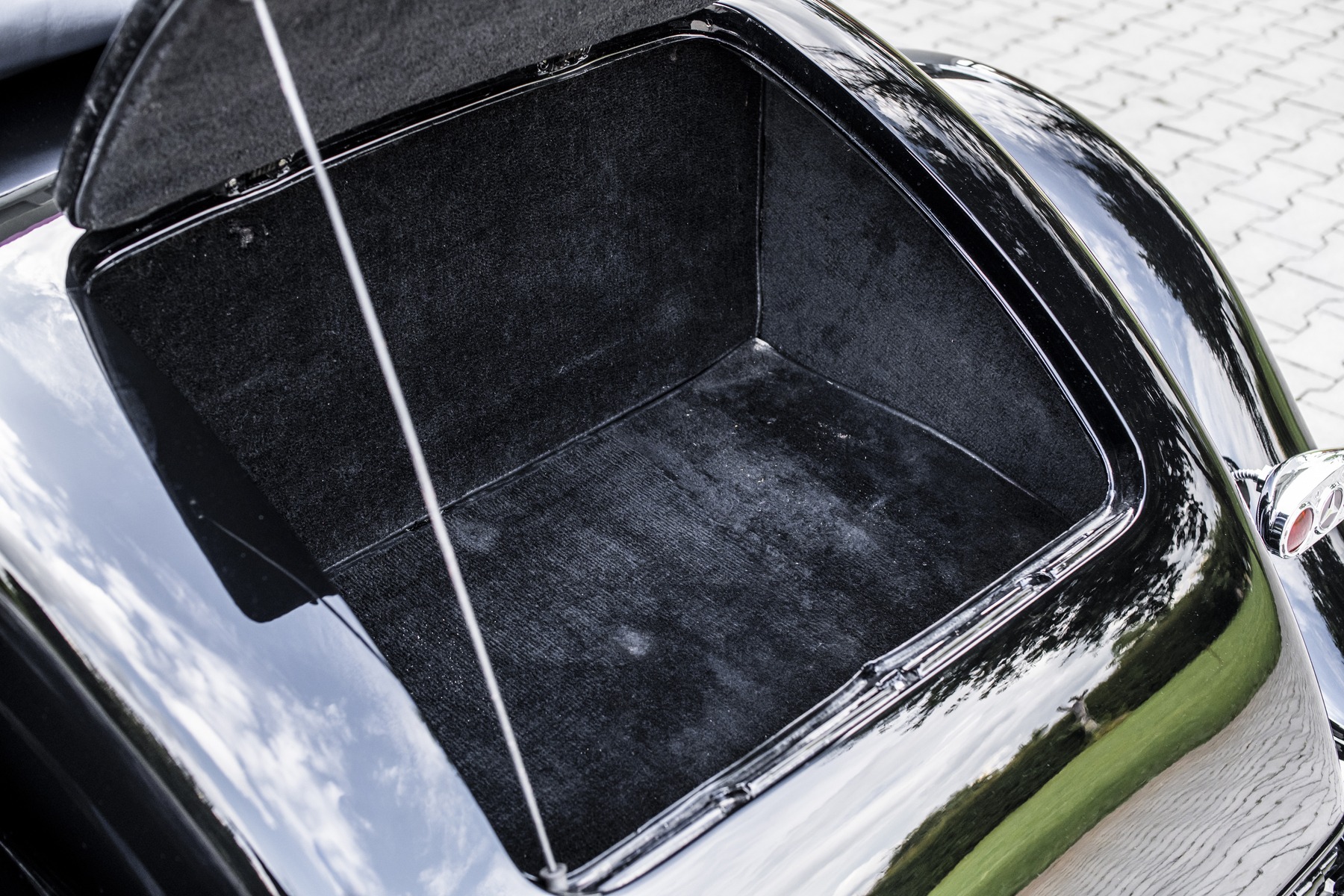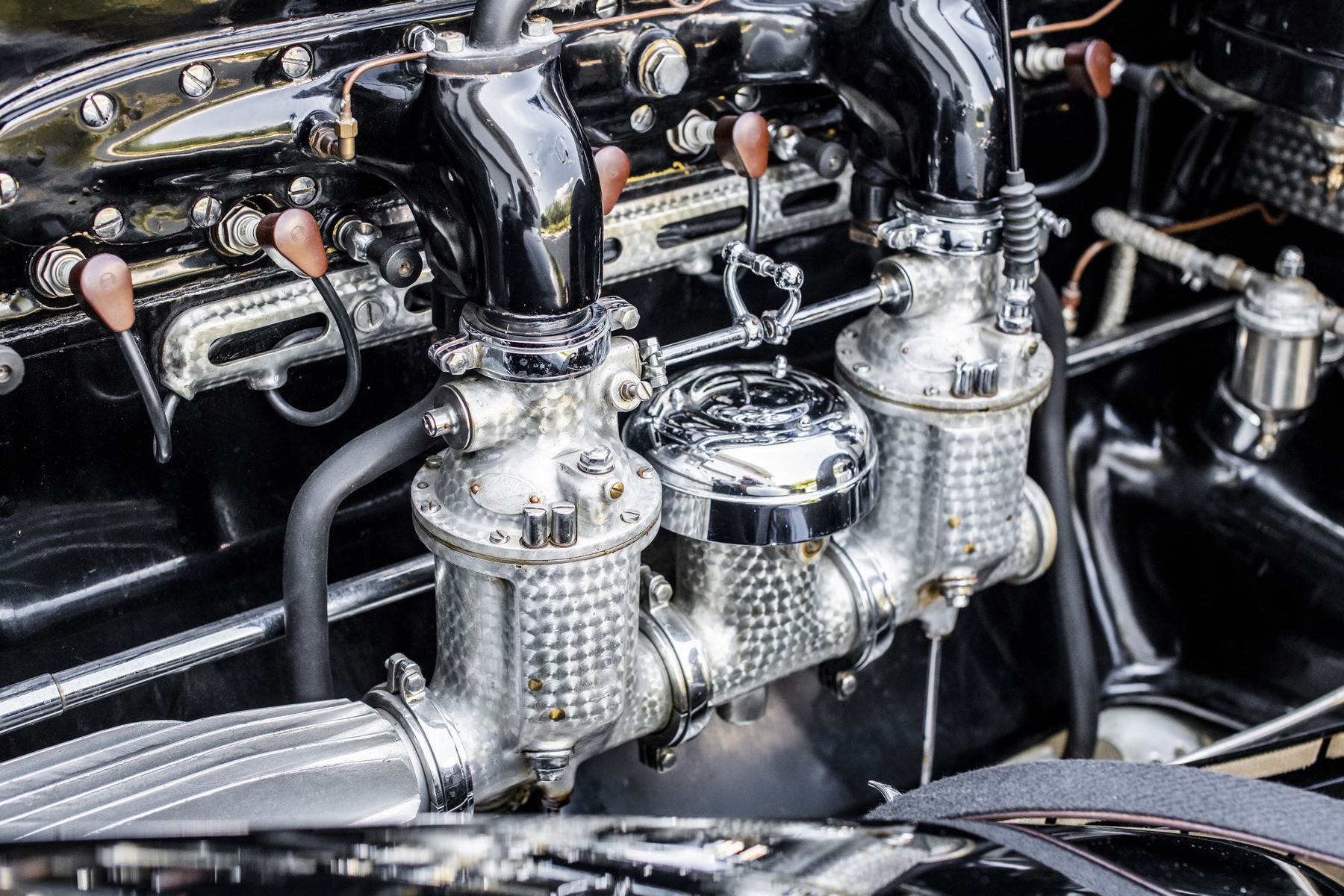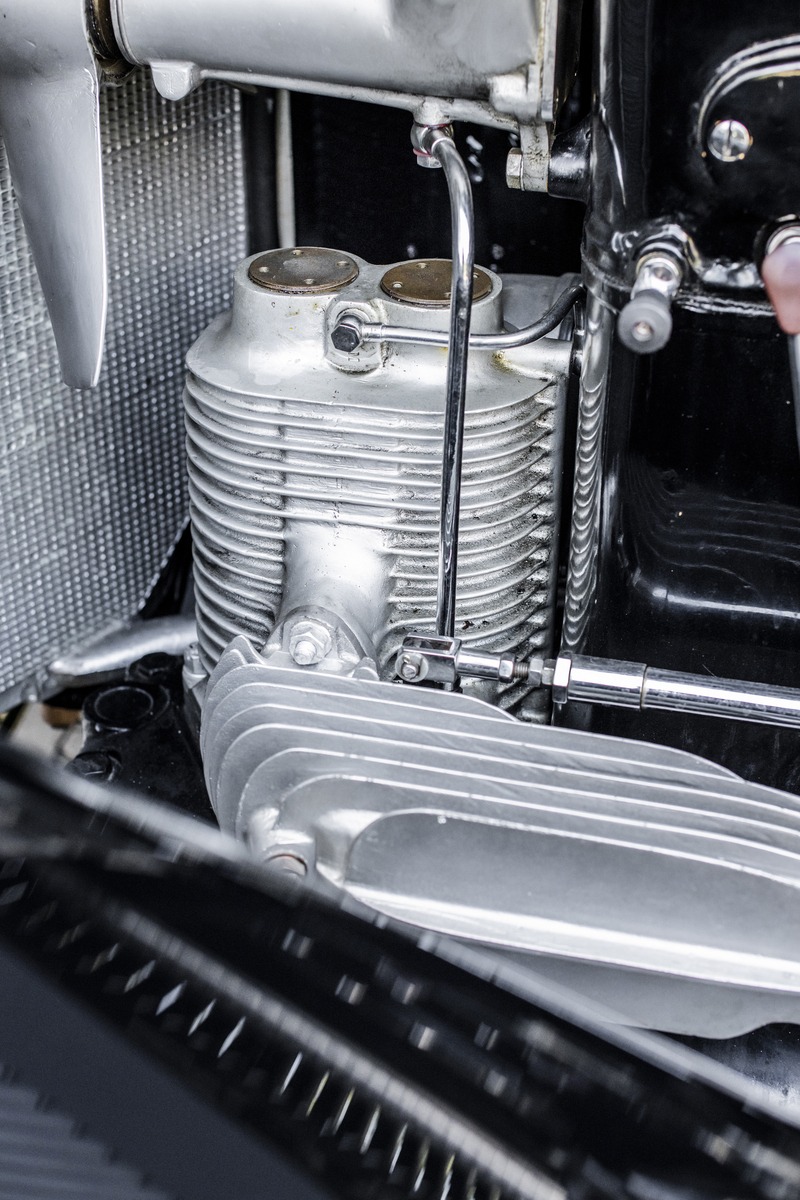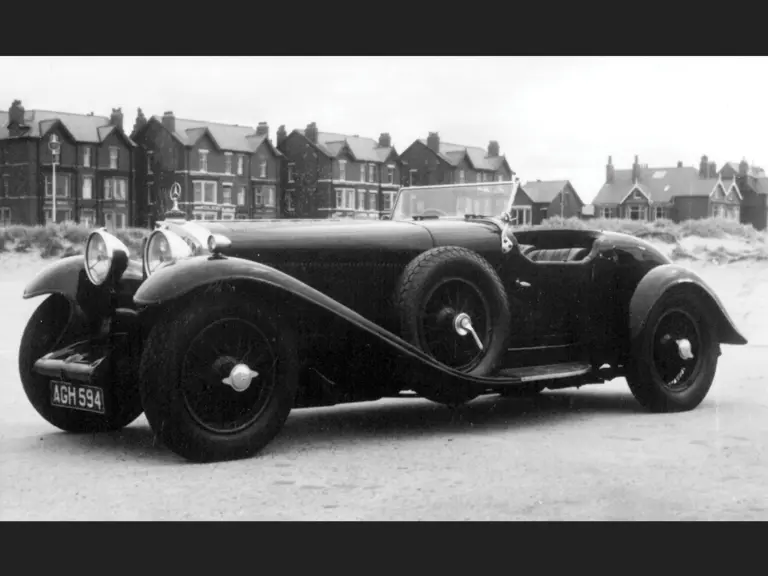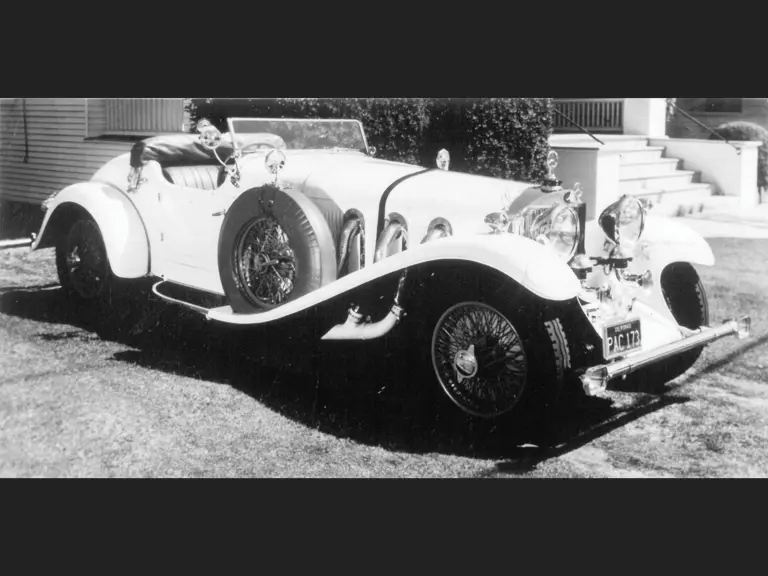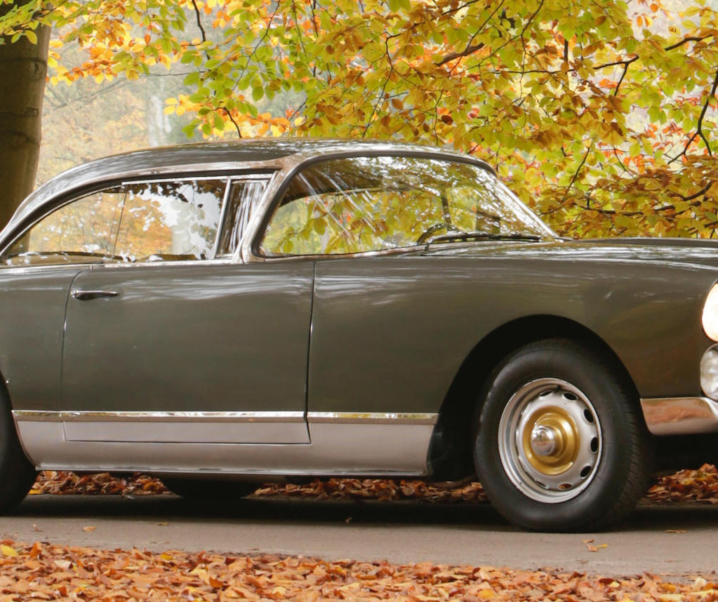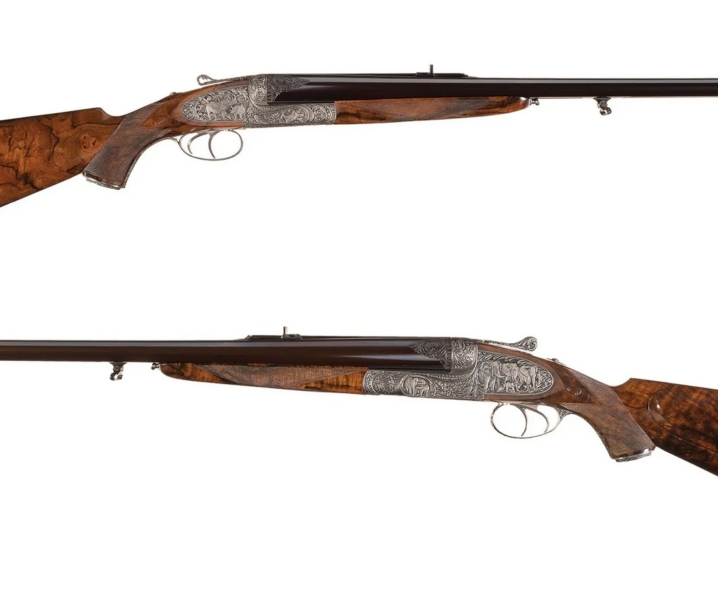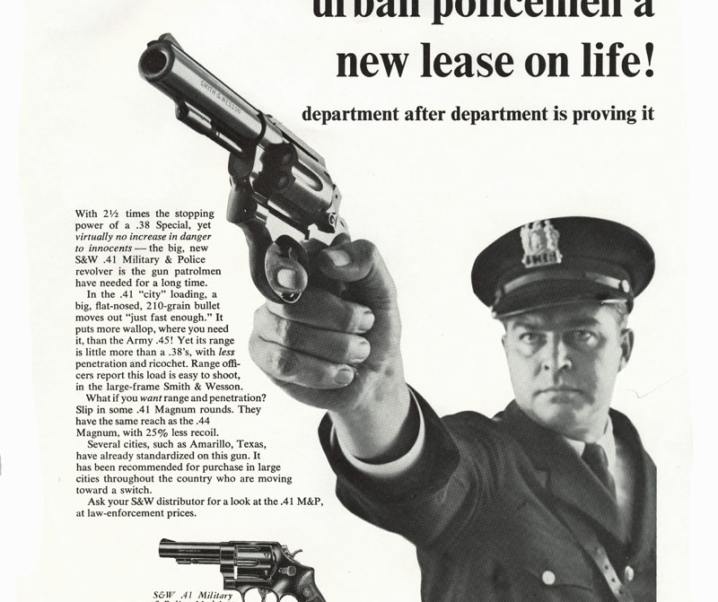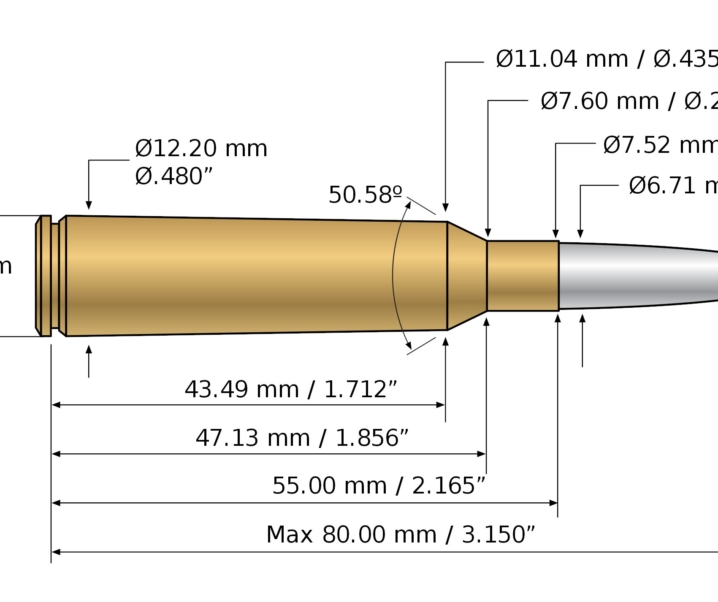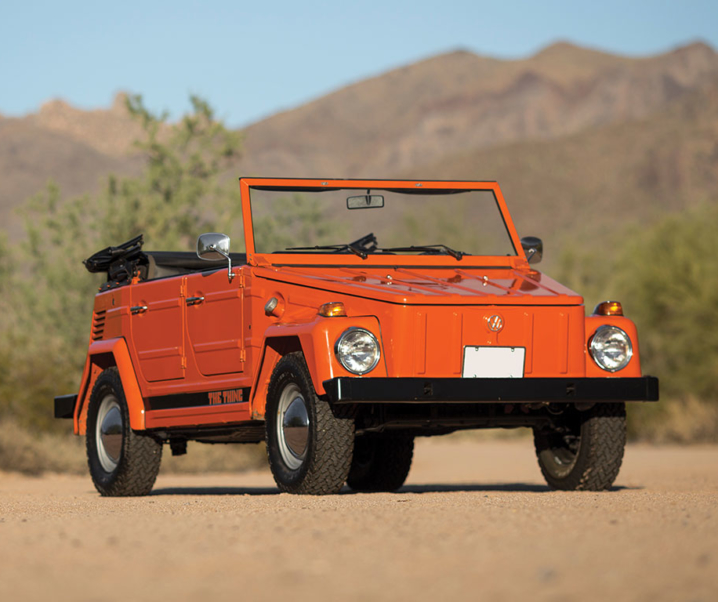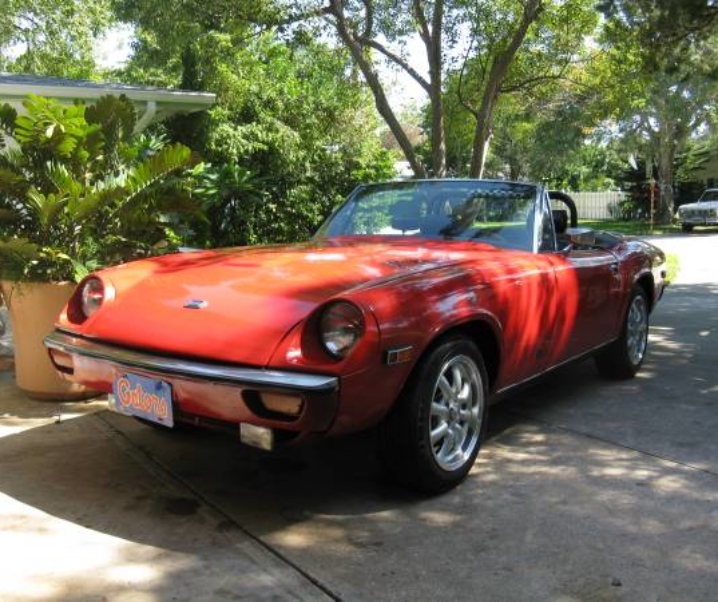The Mercedes-Benz 710 SS was a car that was so impressive in power and speed that it tempted “Bentley Boy” Thomas “Scrap” Thistlethwayte to give up his Bentley and buy one. These cars possess an immediate presence made all the more awe inspiring when the driver engages the Roots supercharger, adding a primal howl to the roar of the engine as the car disappears down the tarmac.
Fast Facts
- The Mercedes-Benz S-Series (W06) were designed by Dr. Ferdinand Porsche during his time as a designer with Mercedes-Benz.
- The design of these cars was based on the Daimler Type 630 but with extensive modifications which included the lowering of the chassis, lowering the engine in the chassis, and the move of the engine 30 cm rearwards to improve front to rear balance.
- There are four models in this series, the S, SS, SSK, and the SSKL.
- A very desirable 710 SS Roadster with coachwork by British company Corsica is coming up for sale by RM Sotheby’s on Saturday, 23 November 2024.
The Mercedes-Benz S-Series were made between 1926-1933 and were the product of the fertile mind of engineer Dr. Ferdinand Porsche, despite the fact that they look nothing like a Volkswagen Beetle or even a Porsche 356.
In his early years of creative design Ferdinand Porsche was very much an “out of the box” thinker and is credited with designing the world’s first hybrid petrol-electric automobile, which was called the Lohner-Porsche, way back in 1901.
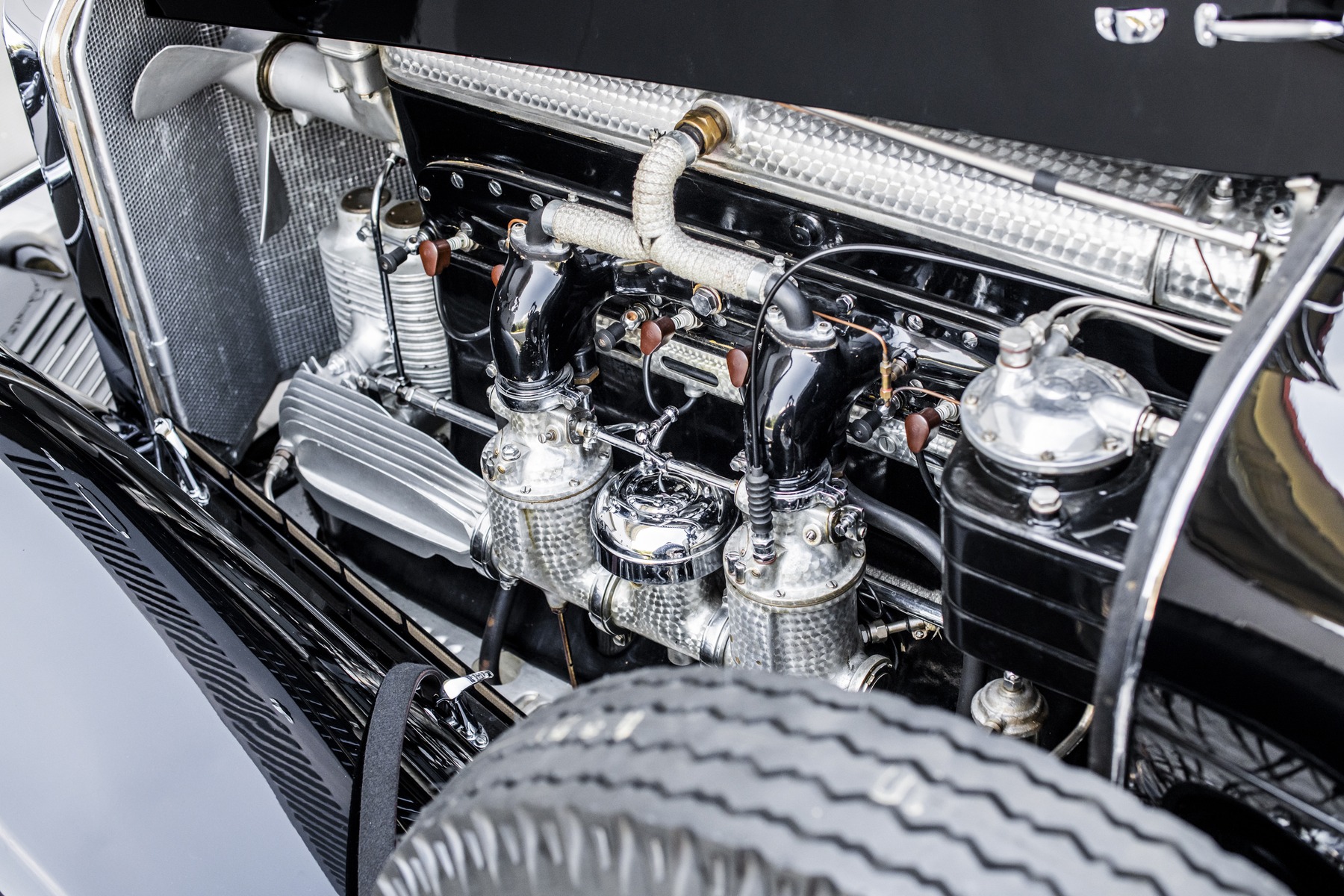
Of Dr. Porsche’s many creations the Mercedes-Benz S-Series was the last automobile he designed in his time with Mercedes-Benz, and it probably counts as one of the most conventional not at all “out of the box” creations. The chassis was a 1920’s box-section ladder chassis with a live rear axle and leaf springs. At the front was a beam axle with leaf springs. Brakes were the largest drums that would fit into the wire wheels.
Drive from the engine to the rear wheels was by torque-tube.
Dr. Porsche’s engineering retained this conventional design and refined it, creating one of the most exciting series of cars of the late 1920’s and 1930’s.
The S-Series, factory designation W06, was created in the time-frame of the merger of Daimler and Benz & Cie. The series was originally based on the Daimler Type 630, which was a long and heavy luxury car which had first entered production in 1924.
Dr. Porsche re-designed this car to turn it into a sports model. The inline six cylinder engine was given a 4mm increase in bore diameter to bring the engine capacity up from 6.3 litres to 6.7 litres: the new version being given the factory designation M06. The engine was also fitted with a Roots type supercharger and delivered an impressive (for the 1920’s) 180 hp.

The chassis was lowered and, to achieve the most favorable front to rear weight distribution the engine was move rearwards by 30 cm (12 inches) which was as much as was practicable.
With this configuring the car’s centre-of-gravity was lowered and overall the car’s handling became more balanced, making for a very enjoyable driving experience.
The S-Series’ steering was not its strong suite, but for power and speed it was an impressive machine, made all the more enjoyable with the high pitched howl of the supercharger sounding a little like a German Shepherd dog who has just realized he’s arrived at the vet’s surgery.
The Model S was introduced in 1926 and was followed in 1928 by the Model SS (SS = Super Sports) which boasted more power. That increased power was obtained by fitting wet liners in the cylinder block enabling the engine capacity to be increased to 7.1 litres (7,065 cc).
With the supercharger engaged this 7.1 litre engine produced an impressive 200 hp and of course sounded rather like the car was jet powered, except that the gas-turbine hadn’t been invented yet: British car maker Rover would pioneer that after the Second World War.
With that supercharged 200 hp under the hood the Mercedes-Benz SS was able to do double duty as an almost civilized touring car and as a full blown racing car. The owner could happily drive to the race track, enjoy their racing, and then drive home – assuming nothing had been bent out of shape or broken during that time of white knuckle driving.
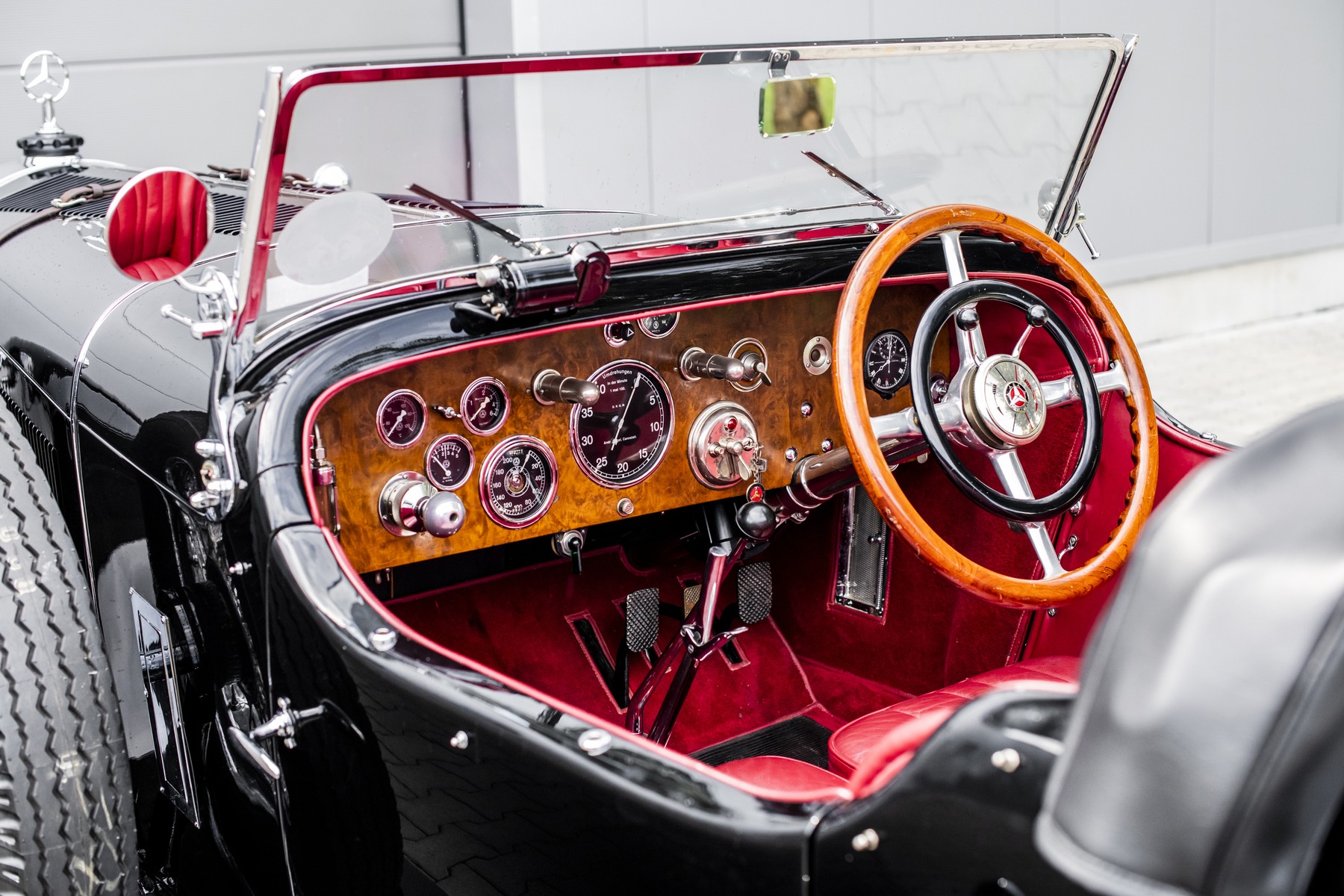
The Mercedes-Benz SS was arguably the S-Series car that could serve as both a practical passenger car with room for people and luggage, and track car. It was however followed by the SSK version (Super Sports Kurz – i.e. Super Sports “short”) which was a shortened two seater sports car with rather more nimble cornering. Finally came the SSKL (Super Sports Kurz Light) pure-bred racing car of which none are known to have survived – as tends to be the way for many competition cars.
A 1929 Mercedes-Benz 710 SS Roadster by Corsica Coming Up For Sale
Mercedes-Benz SS cars don’t come up for sale often but there is one coming up for auction by RM Sotheby’s on Saturday, 23 November 2024 at their Munich sale.
This car is a two-seater roadster with bodywork by Corsica.
The car was originally delivered new to Gordon Watney via British Mercedes-Benz Ltd. in rolling chassis form on 25 October 1929, having left the factory on 15 August 1929, and it is believed to have been fitted with coachwork by Martin Walter in Britain.
Gordon Watney was a Mercedes-Benz dealer and had a history of re-building older Mercedes automobiles and racing at Brooklands circuit.
The car was first registered on 25 November 1929 and is believed to have been owned by Thomas “Scrap” Thistlethwayte, who was one of the famed “Bentley Boys”. Thistlethwayte had changed his loyalty from Bentley to Mercedes-Benz believing them to be faster and therefore more competitive.
The late November 1929 delivery of the 710 SS roadster was probably too late in the year for Thistlethwayte’s plans for it as it is believed he had intended to campaign it in the RAC Tourist Trophy. He ended his racing after that.
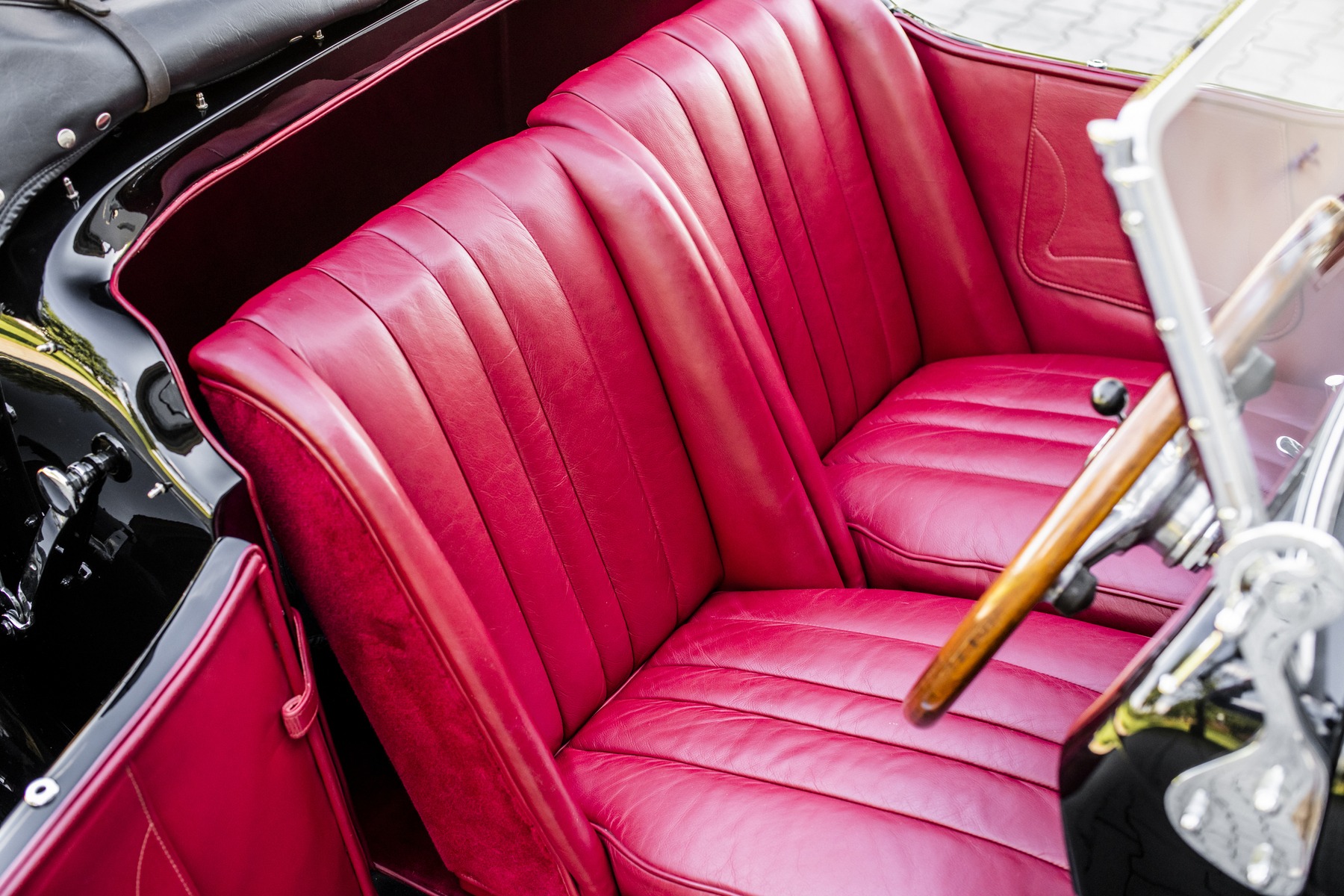
1929 and 1930 heralded the beginning of the Great Depression so many affluent people sustained economic damage during that time and many businesses closed their doors.
The car sustained some rear end damage and was sent to the Corsica Coachworks in Britain for new bodywork.
Subsequent to the fitting of the new custom coachwork the car was registered to Clifford Taylor, a dealer and also part-time film maker of Berkeley Square, London, on 8 September 1934. The car made a cameo appearance in one of his films with Ealing Studios: the film having the rather ominous title “Death Drives Through“. The appearance was at the Brooklands race track.
The car was sold to Military Cross recipient Colonel Samuel Sandars of Lincolnshire and then passed to Lancashire car dealer Ewart Bradshaw on 17 November 1938.
During the time the car was in Lancashire the engine was swapped to one with a 680 S number.
In May 1963 the car was sold to Mercedes-Benz collector ML “Bud” Cohn and shipped to Los Angeles where it became a prized jewel of Mr. Cohn’s collection.
During his ownership the car was painted white with red interior.
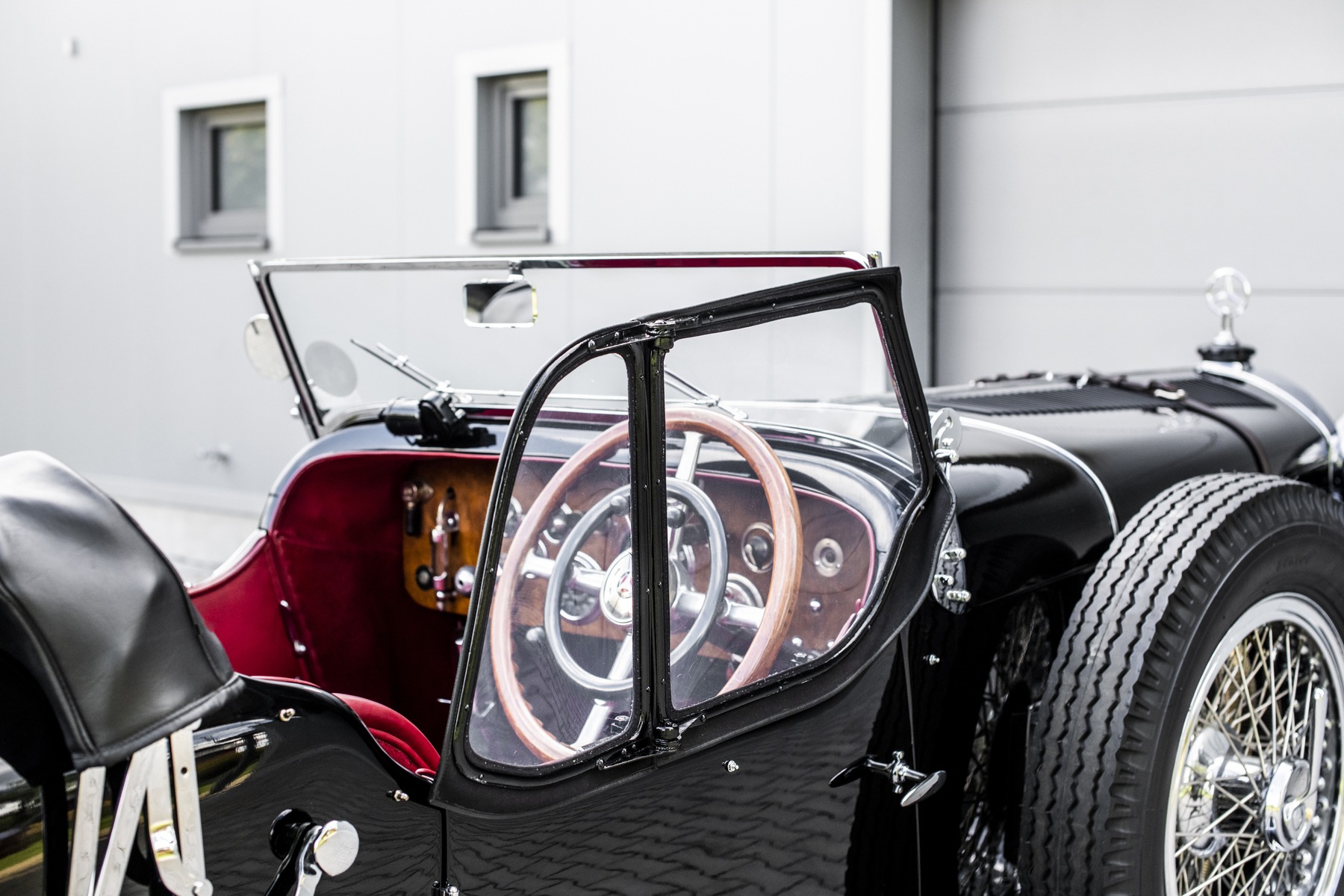
In February 1979 the car was sold as a part of the estate sale and fetched the hammer price of $320,000, setting a world record for a car sold at auction.
The buyer was Skip Berg, who would win a 2nd in class prize at the 1981 Pebble Beach Concours.
The car then passed to David Goodwin, before passing to Skip Barber in the late-1980s.
The car’s next owner was Kent Olsson who commissioned a restoration over a seven year period done by TE Berrisford. Following that the car made an appearance at Pebble Beach in 1997 where it was awarded the Chairman’s Trophy.
In October 1998, the car joined The Aumann Collection and was treated to a cosmetic restoration to return it to period colours.
The car was then exhibited at various events culminating in the 1999 Concorso d’Eleganza Villa d’Este, where it was awarded Best of Show by Public Referendum.
And now this quite exquisite Mercedes-Benz 710 SS Roadster with its Corsica coachwork is being made available for sale by RM Sotheby’s on Saturday, 23 November 2024.
You can find the sale page for this car with further details if you click here.
Few are able to aspire to owning such a historic work of automobile art such as this. But the opportunity now presents itself.
Picture Credits: All pictures courtesy Remi Dargegen @ RM Sotheby’s

Jon Branch is the founder and senior editor of Revivaler and has written a significant number of articles for various publications including official Buying Guides for eBay, classic car articles for Hagerty, magazine articles for both the Australian Shooters Journal and the Australian Shooter, and he’s a long time contributor to Silodrome.
Jon has done radio, television, magazine and newspaper interviews on various issues, and has traveled extensively, having lived in Britain, Australia, China and Hong Kong. His travels have taken him to Indonesia, Israel, Italy, Japan and a number of other countries. He has studied the Japanese sword arts and has a long history of involvement in the shooting sports, which has included authoring submissions to government on various firearms related issues and assisting in the design and establishment of shooting ranges.

